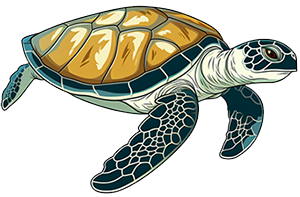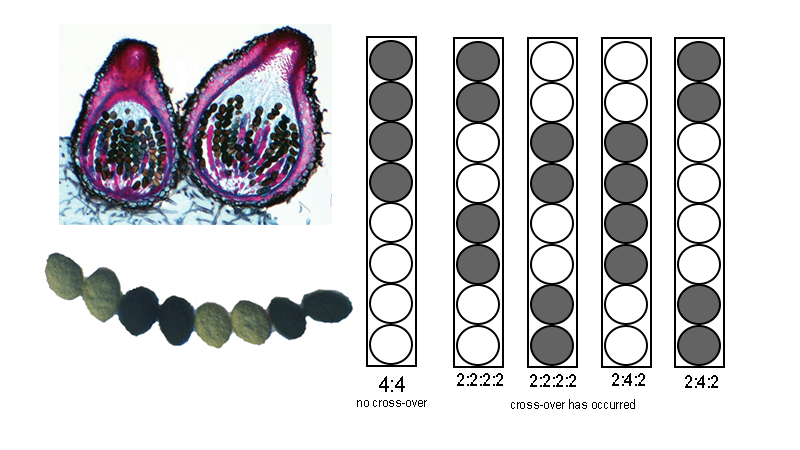Tag: investigation
-
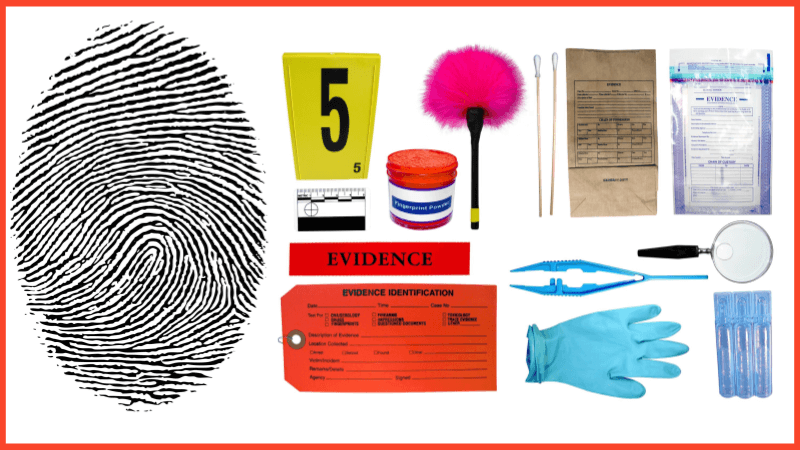
Science of Fingerprints: A Hands-On Activity
Fingerprint analysis is a fascinating way to explore individuality and forensic science. A lesson on this topic begins with an introduction to fingerprints, explaining their uniqueness and role in forensic investigations. Use Google slides to show students the science of fingerprinting. It covers the three main fingerprint patterns—loops, whorls, and arches—using clear diagrams and descriptions…
-
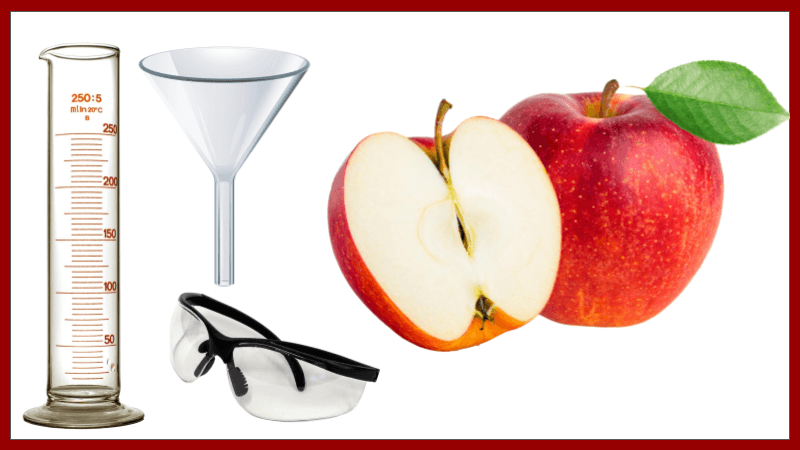
Investigation: Apples and Pectinase Enzyme
In this experiment, high school students will investigate the role of enzymes by testing the effects of pectinase on apples. The objective is to compare the amount of juice extracted from apples treated with pectinase to those left untreated. In addition, students change the temperature of the solutions to compare enzyme activity at cold and…
-

Investigating Sea Turtles and Sex Determination
Create a model of a turtle nest to record temperatures at different depths. The temperature of the nest will determine whether turtles are male or female.
-
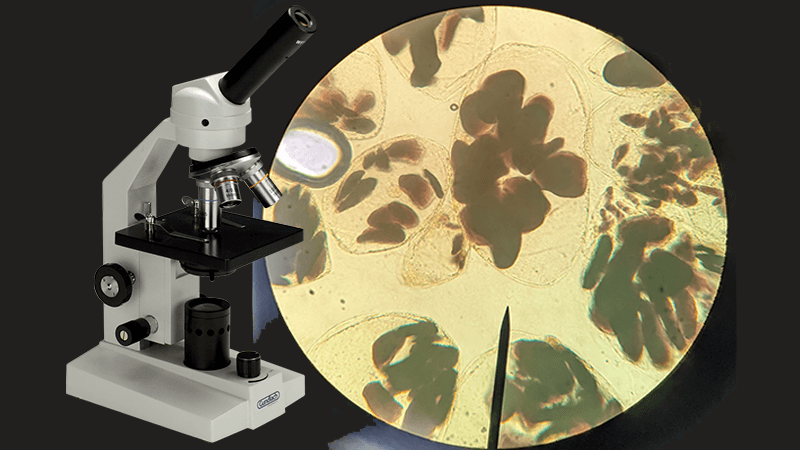
Investigation: Bananas, Starch, and Plastids
Explore the differences between ripe and green bananas in the activity. Green banana cells will have large dark starch granules when stained with iodine.
-
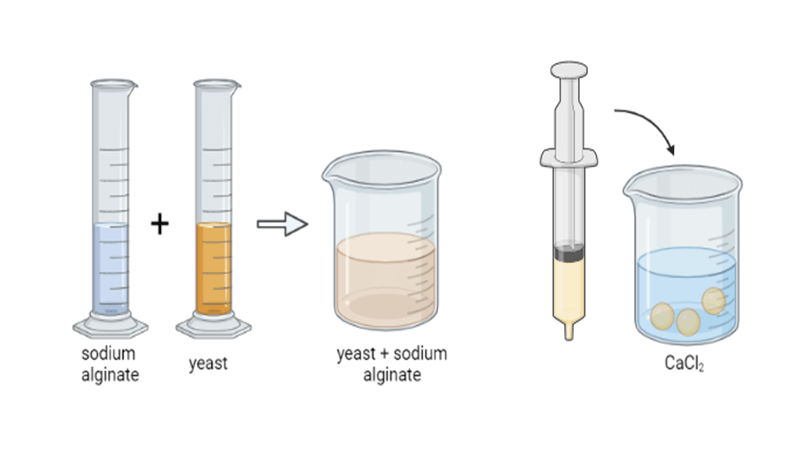
Catalase Activity in Yeast Using Sodium Alginate
Create yeast spheres using sodium alginate to test the rate of enzyme reactions at different concentrations and temperatures.
-
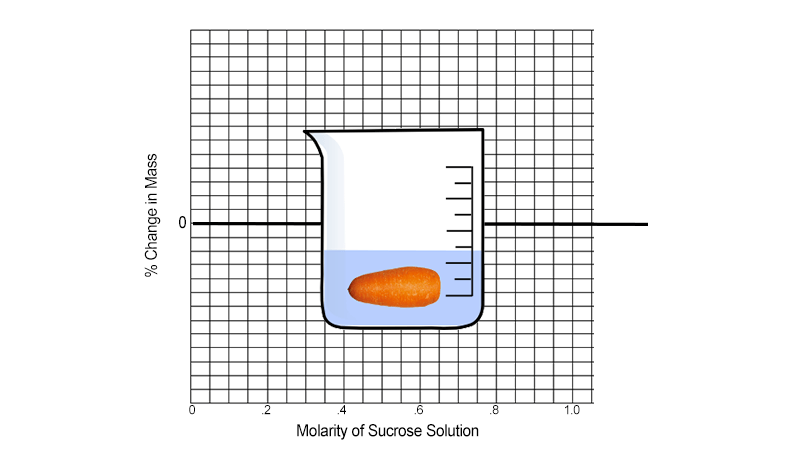
Investigation: Water Potential and Carrot Molarity
Determine the molarity of baby carrots by soaking them overnight in different solutions. The point at which the carrot does not change mass is the molarity.
-
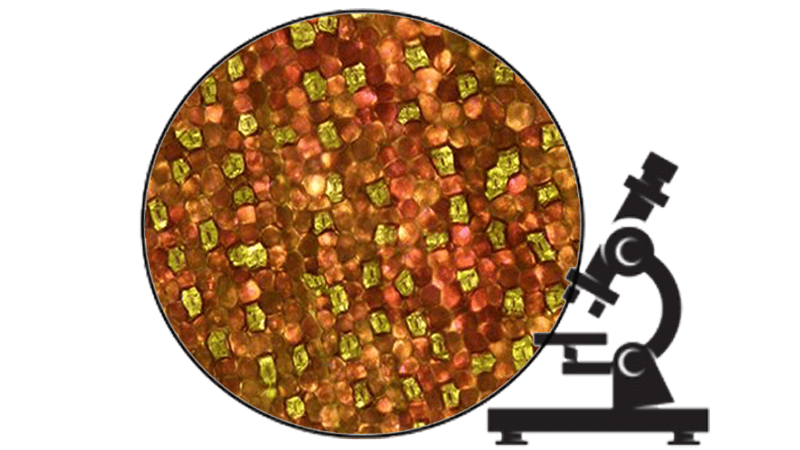
Investigation: Viewing Stomata in Zebrina Plants
View the stomata of plants with this simple activity that uses tape and fingernail polish. Great for beginning biology students!
-
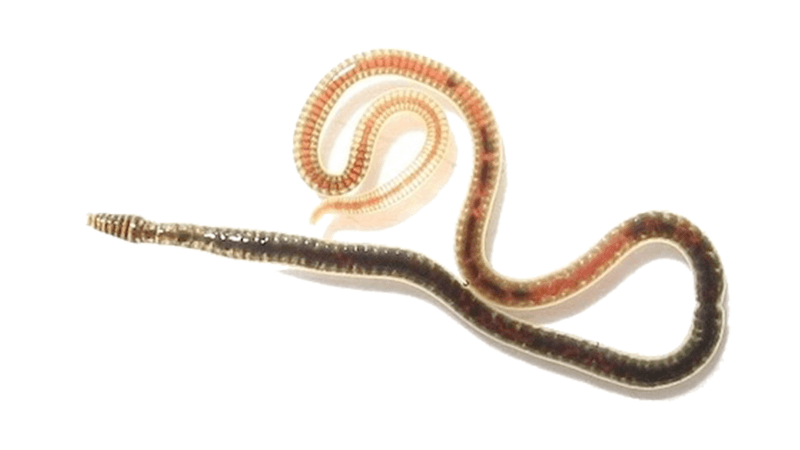
Investigation: How Chemicals Affect Pulse Rates
Students investigate the affect of chemicals, like caffeine on the circulatory system using a blackworm specimen.
-
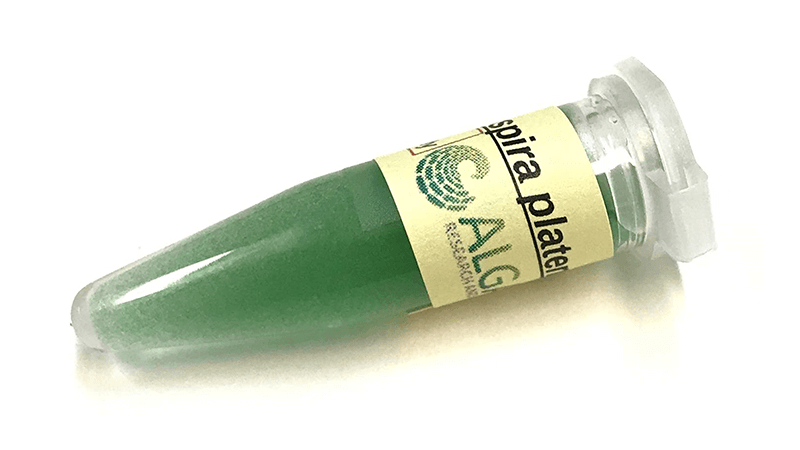
Investigation: Algae Beads and Photosynthesis
Students use algae beads to observe photosynthesis and respiration. Algae beads are placed in an indicator solutions to measure CO2.
-
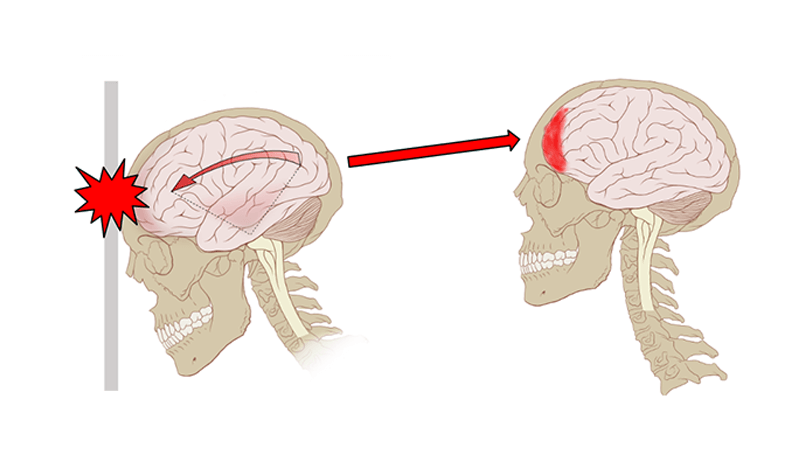
Investigation: Concussions
This investigation is completed by watching videos and analyzing data on concussions. Students first watch a Ted-Ed video on what happens when you have a concussion. The digital handout contains questions from the video. Students then visit neuroanatomy.ca where they view coronal brain slices. Then they label an image and compare a normal brain versus…
-
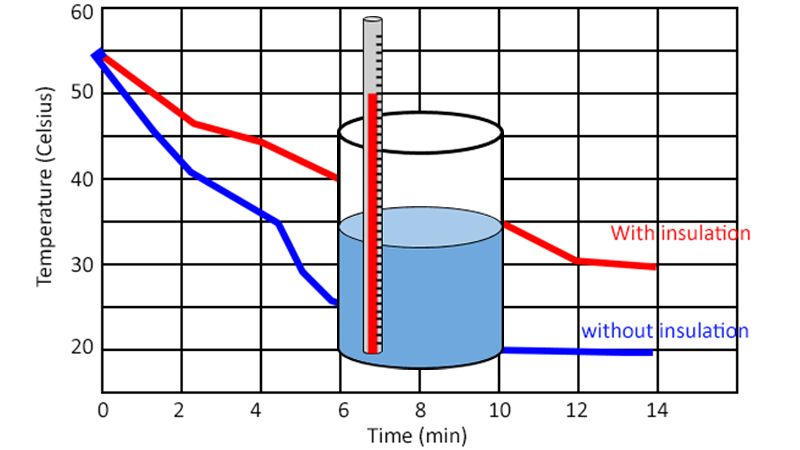
Investigation: Heat Loss and Insulation in a Jar
This simple experiment can be used as a way to introduce the scientific method. Students design an experiment to test which materials are the best insulators by measuring heat loss. The materials are simple, and the experiment doesn’t take very long. They will need two beakers per group, a thermometer, and hot water. Also, a…
-

Investigation: Villi Height
Use a Netlogo simulation to observe how different heights of villi within the intestine affect absorption rate. Change the height of villi or size of food.
-
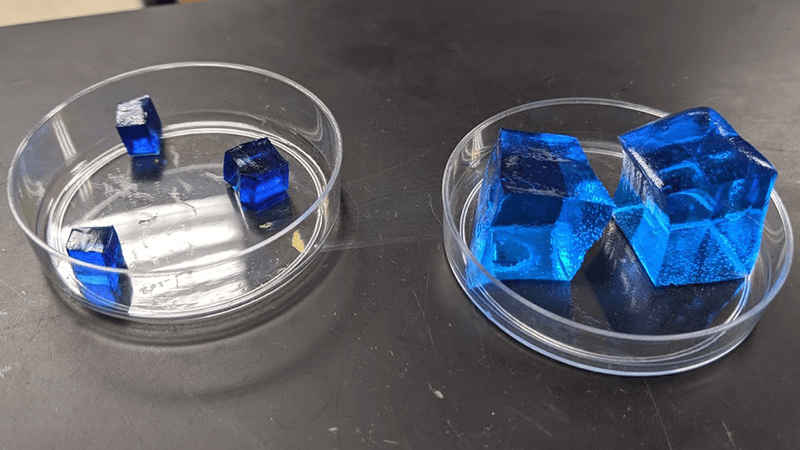
Modeling Osmosis
This basic lab uses Deco-cubes to show how they change in size when soaked in salt water, distilled water, and tap water.
-
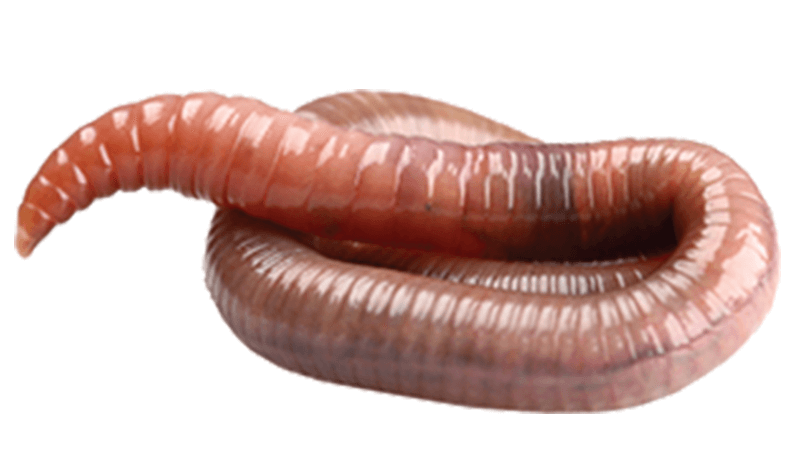
Investigation: Earthworm
This earthworm lab is a revised version of the observation lab that I have used for years. I wanted to make the lab more open-ended and include terminology within the lab instead of expecting them to know it from their notes or textbooks. Taxonomy chapters on annelids and other invertebrates are being phased out, and…
